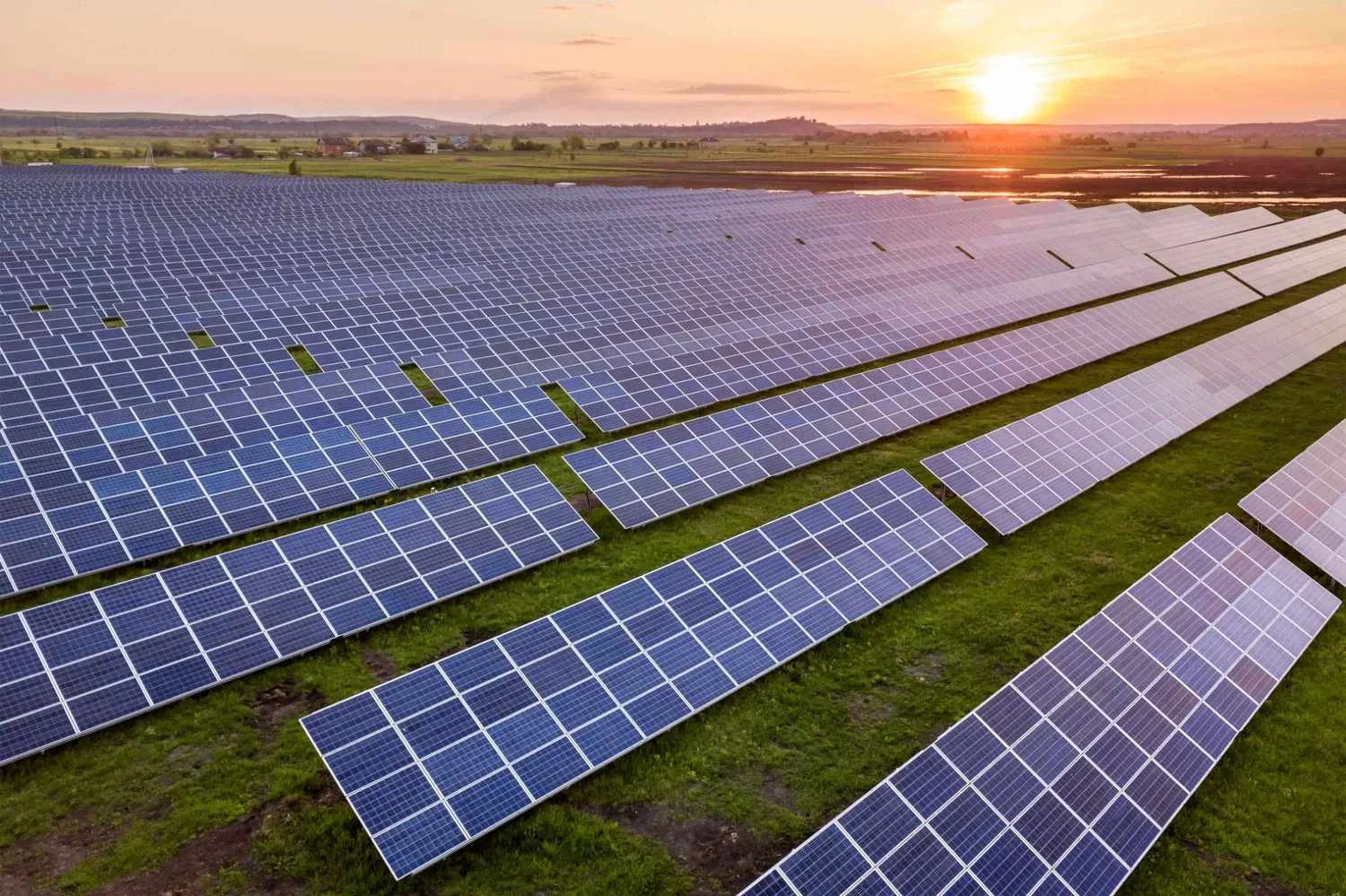
5 Reasons Why Bifacial Solar Panels Are More Efficient
The solar industry is evolving quickly and bifacial solar panels are at the cutting edge. These panels are designed to receive sunlight from front and rear sides, so they provide superior energy performance, really high efficiency rate, and quick return on investment (ROI).
And if you’re searching for everything that you can do to increase your solar electricity production, this article will explain the reasons why bifacial solar panels are superior to normal monofacial models.
What Are Bifacial Solar Panels and How Do They Work?

The most important special series of modules intended for 2D orientation is bifacial one, which has been designed as a PV dual-glass module and enables sunlight absorption through both the sides.
Unlike monofacial panels, which only see sunlight from the front side, bifacial modules take in reflected light, or rear-side irradiance from objects like the ground and rooftops or nearby structures.
This reflected light, which is in many cases exacerbated by albedo (how much a ground reflects), contributes as energy to the panel. The result is increased bifacial gain, the lift in performance that makes the system altogether more productive by 10-30%, depending on how you install it.
1. Real-World Energy Yield Gains of Bifacial Solar Panels
The most persuasive argument for transitioning to bifacial solar panels pallet is their real-world energy returns.
Research indicates bifacial modules can produce considerably more power in high ground-reflectance environments like filling lots, snowy areas or those with white gravel.
When properly deployed, bifacial solar panels generate as much as 25% more energy compared to monofacial systems. This gain results in an increase in annual savings and a smaller levelized cost of energy (LCOE).
2. Why Bifacial Solar Panels Deliver Higher Efficiency Than Monofacial Panels
Bifacial panels are more efficient because they can also capture light on their rear side, which would otherwise be wasted. Their bifaciality factor, an electricity-generation ratio of back and front, increases total system output with no extra panel area.
In a monofacial vs bifacial solar panel comparison, the latter always seem to win out since they are able to absorb more light than unifacial ones, especially in open or reflective surroundings.
This bidirectional capability makes them perfect for ground mounted systems, solar farms, and commercial installations.
3. Cost and ROI Benefits of Choosing Bifacial Versus Conventional Solar Panels
While bifacial solar panels may have a slightly higher upfront cost, their long-term ROI outweighs the initial investment. The extra energy they produce shortens the payback period and reduces long-term electricity expenses.
Because of their durable dual-glass solar module construction, these panels also have a longer lifespan and lower maintenance needs. Over time, this results in a more efficient and cost-effective solar solution for both residential and industrial users.
4. The Role of Albedo and Rear-Side Light Capture in Bifacial Solar Systems
The albedo effect plays a crucial role in maximizing bifacial solar performance. Albedo refers to the reflectivity of the ground surface. Surfaces like white roofing, sand, snow, or concrete reflect more sunlight, enhancing rear-side light capture.
Optimizing the ground material under and around your solar panels can substantially increase energy production. Proper installation tilt and elevation can also help the rear side receive more reflected light, boosting overall panel efficiency.
5. Key Design and Installation Factors That Boost Bifacial Solar Panel Performance
To achieve the best results, several factors must be considered during the installation of bifacial solar panels:
-
Tilt and Mounting Angle: Proper tilt maximizes rear-side exposure.
-
Height from Ground: Raising panels allows more reflected light to reach the back surface.
-
Shading Management: Avoiding shadows from nearby structures ensures consistent light capture.
-
Surface Selection: Installing panels over reflective materials increases the bifacial gain.
-
System Type: Ground-mounted installations often perform better than rooftop setups.
A professional installer can assess your location and recommend the best solar panel installation strategy to maximize performance.
Challenges and Limitations of Bifacial Solar Panel Technology

Despite their benefits, bifacial solar panels are not without challenges. The rear-side output depends heavily on site conditions, surface reflectivity, and installation design. They can also be more complex to mount due to their transparent glass structure.
However, as solar technology continues to evolve, these challenges are gradually being addressed through advanced mounting systems, performance tracking, and simulation tools.
Conclusion
Bifacial solar panels represent the next step toward maximizing energy efficiency and sustainability. By leveraging both direct and reflected sunlight, they produce more power, reduce long-term costs, and provide excellent ROI for both homeowners and businesses.
If you’re ready to experience the benefits of bifacial technology, explore the range of high-quality Bifacial Solar Panels available at Direct Solar Power and start optimizing your energy future today.
Frequently Asked Questions
1. What does “bifacial” mean in solar panels?
Bifacial” means the solar panel can generate power from both its front and rear surfaces by capturing direct and reflected sunlight.
2. How much more efficient are bifacial solar panels compared to monofacial ones
Bifacial panels can be 10-30% more efficient, depending on ground reflectivity and installation setup.
3. Does the rear side of a bifacial solar panel really generate additional power?
Yes. The rear side captures reflected sunlight, increasing total energy yield over time.
4. Are bifacial solar panels worth the extra cost for home or rooftop installation?
Absolutely. Although slightly more expensive, their long-term performance and durability make them a smart investment.
5. What installation factors must be considered to maximize the efficiency of bifacial panels?
Installation height, tilt angle, ground reflectivity, and shading conditions all play a major role in maximizing bifacial efficiency.

Leave a comment